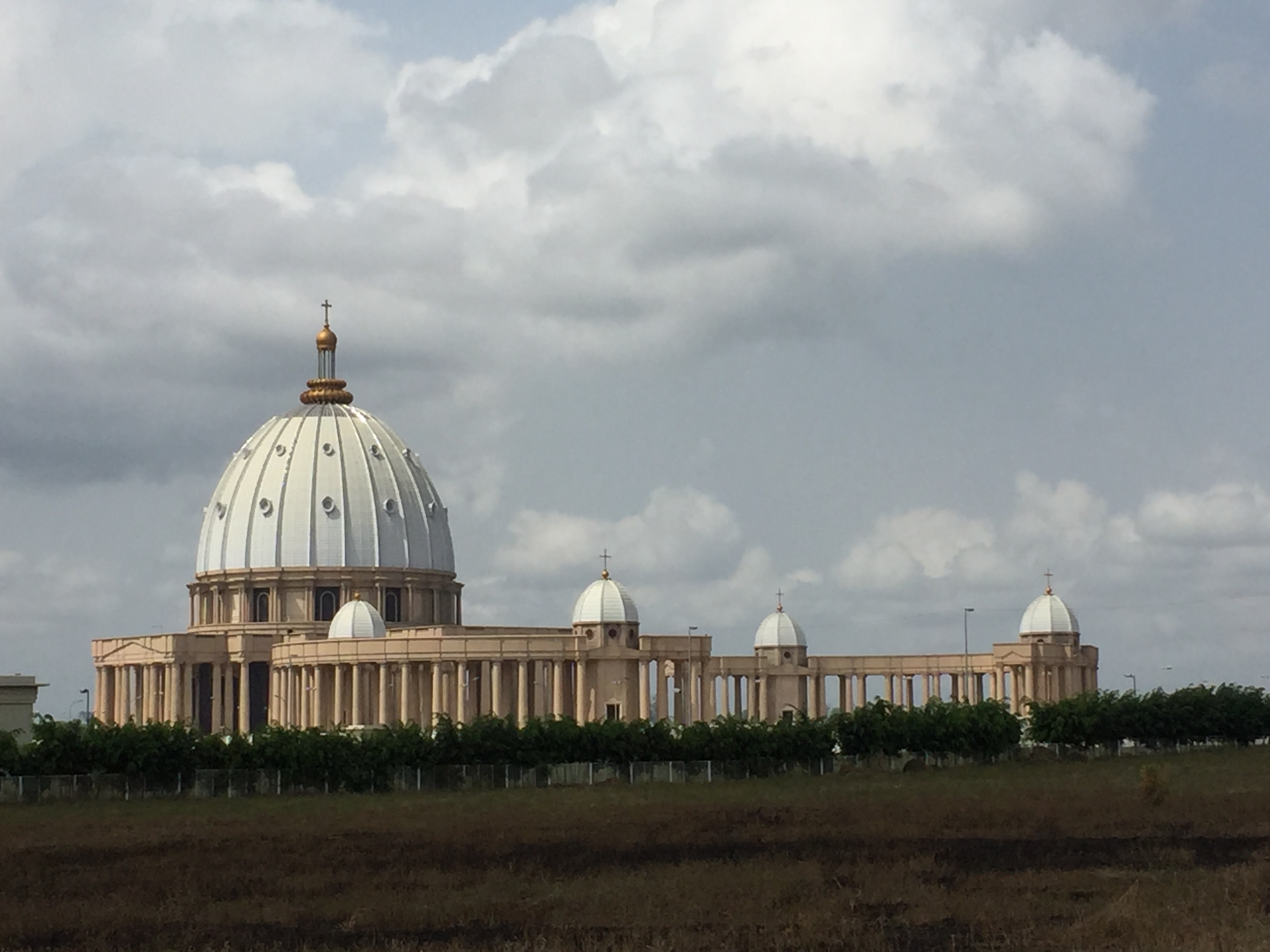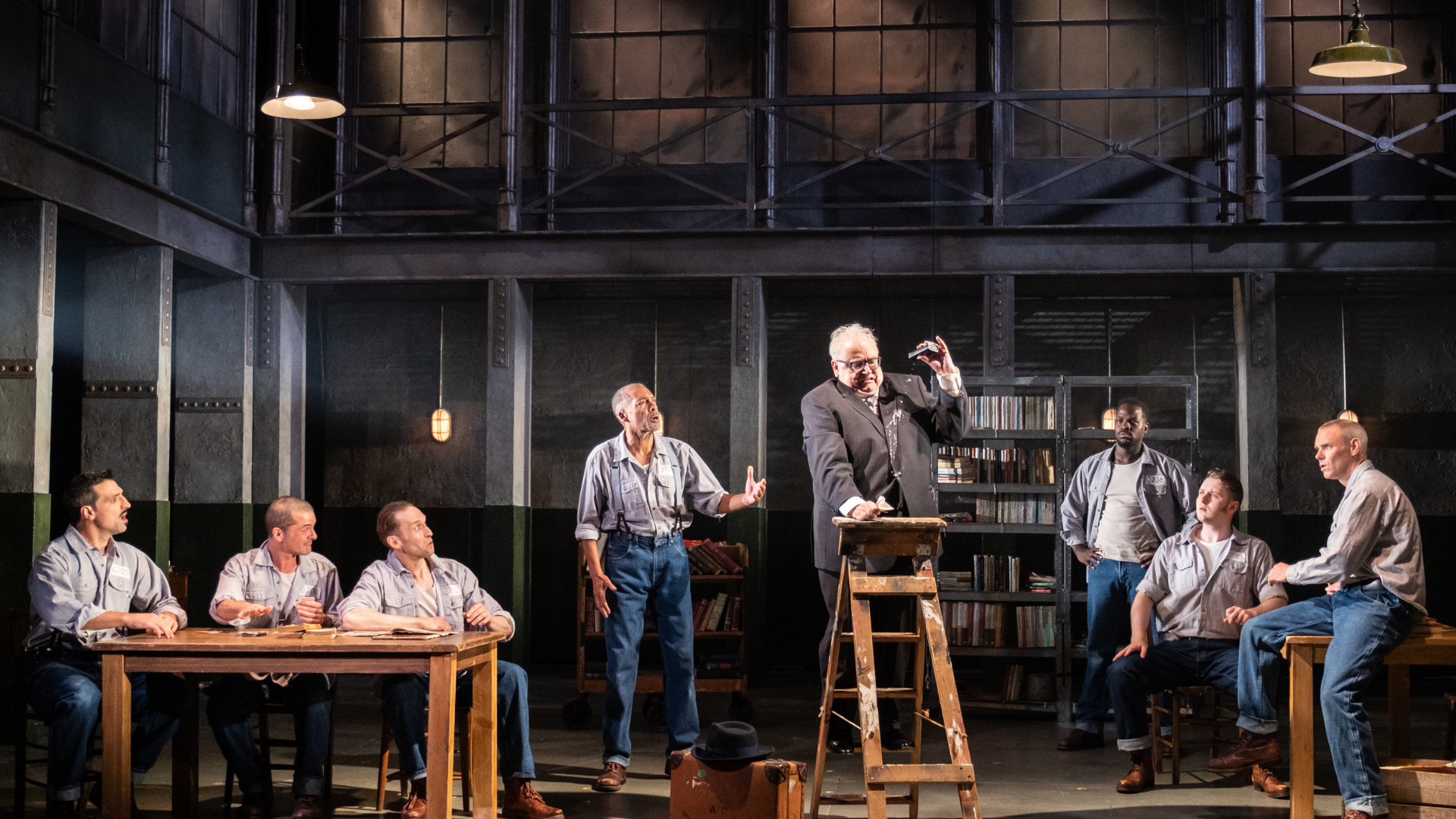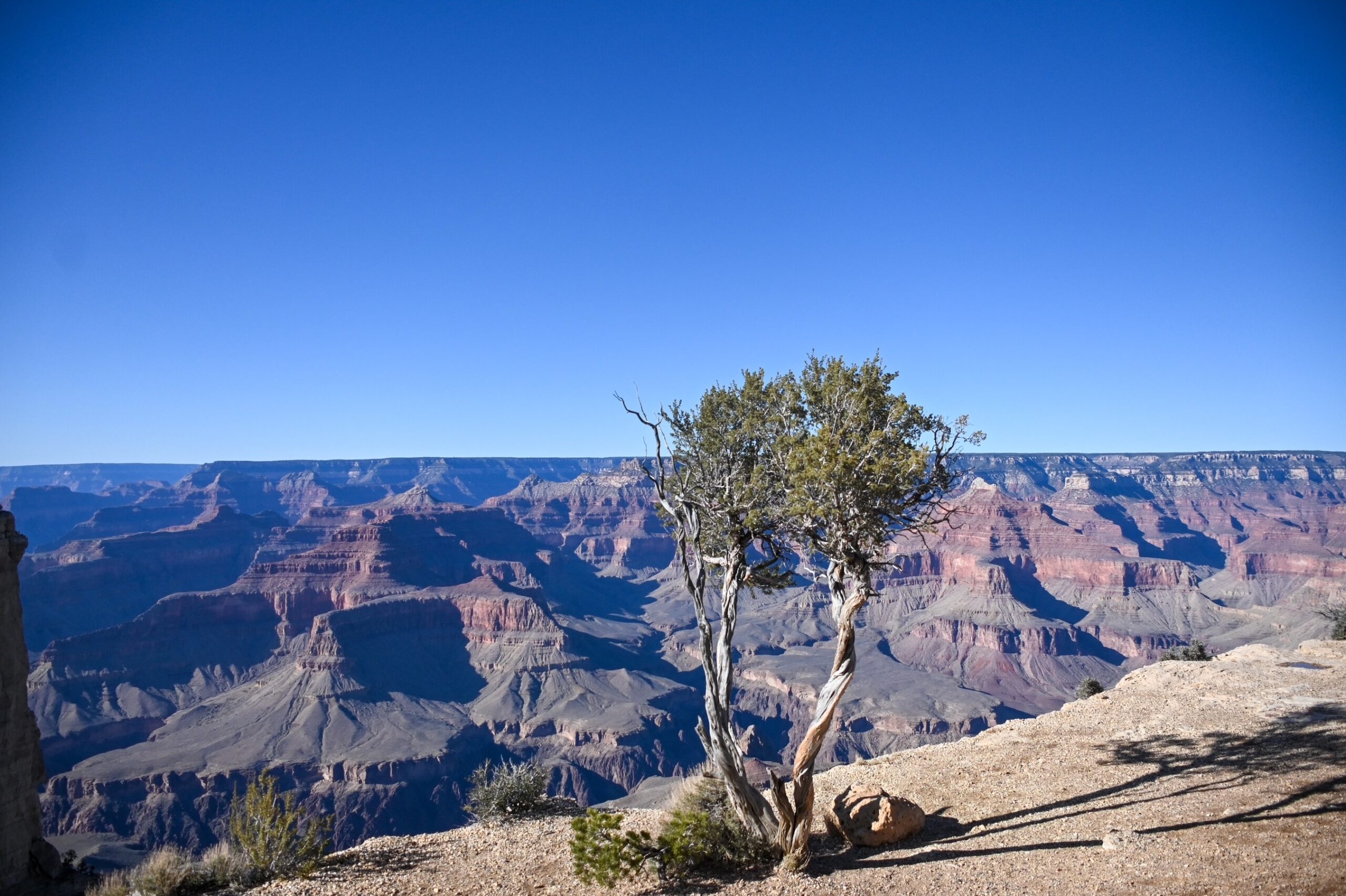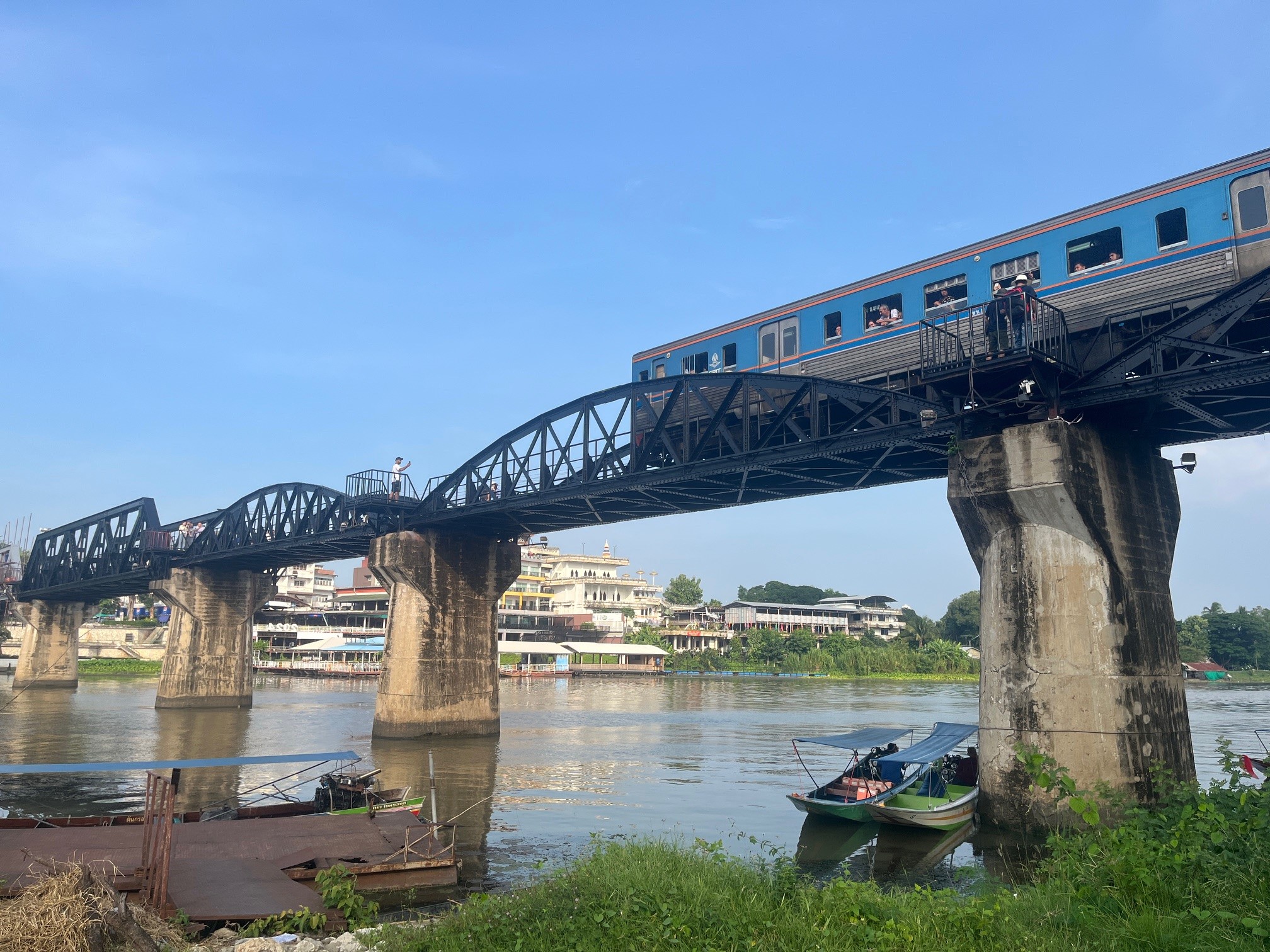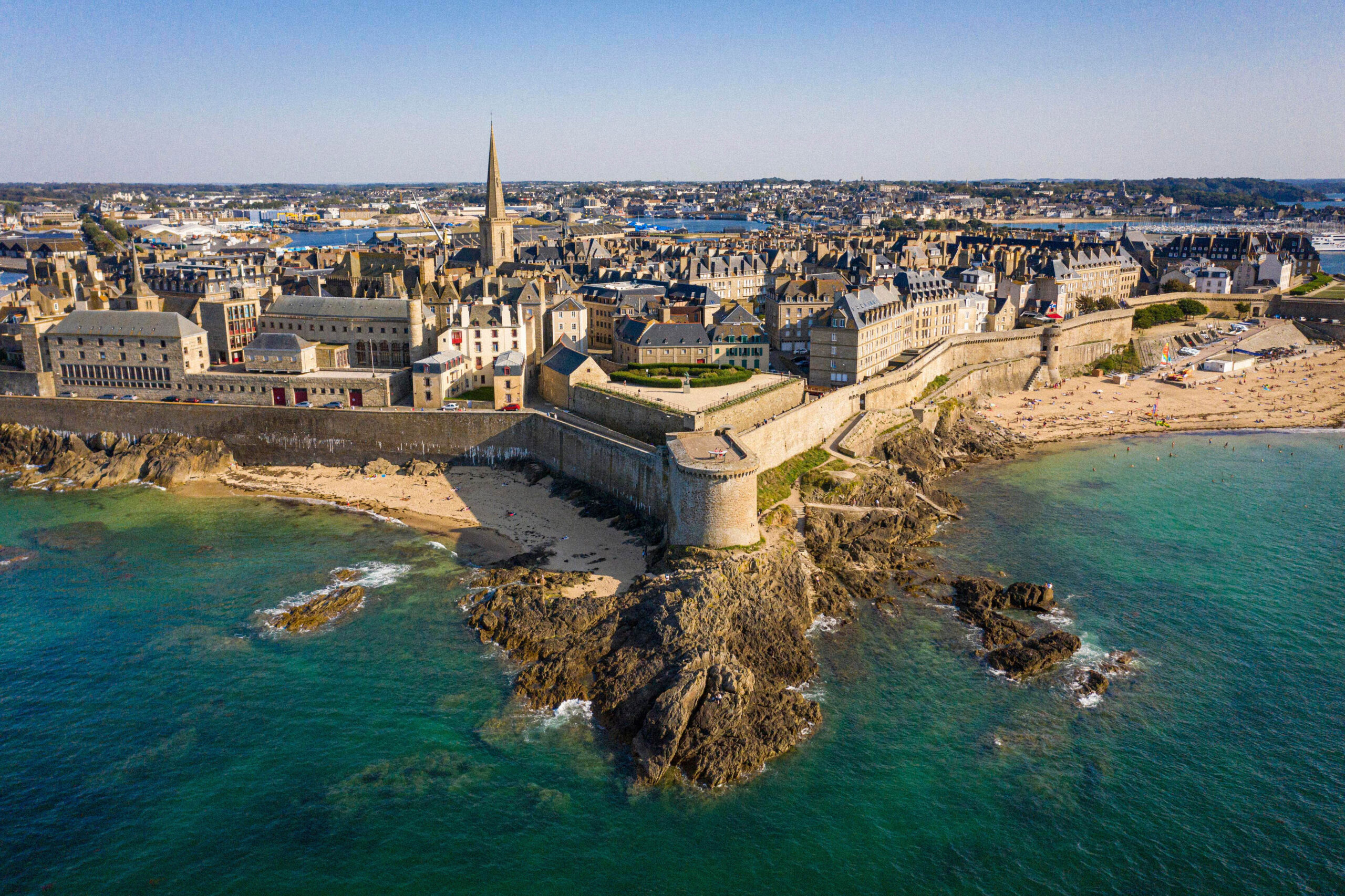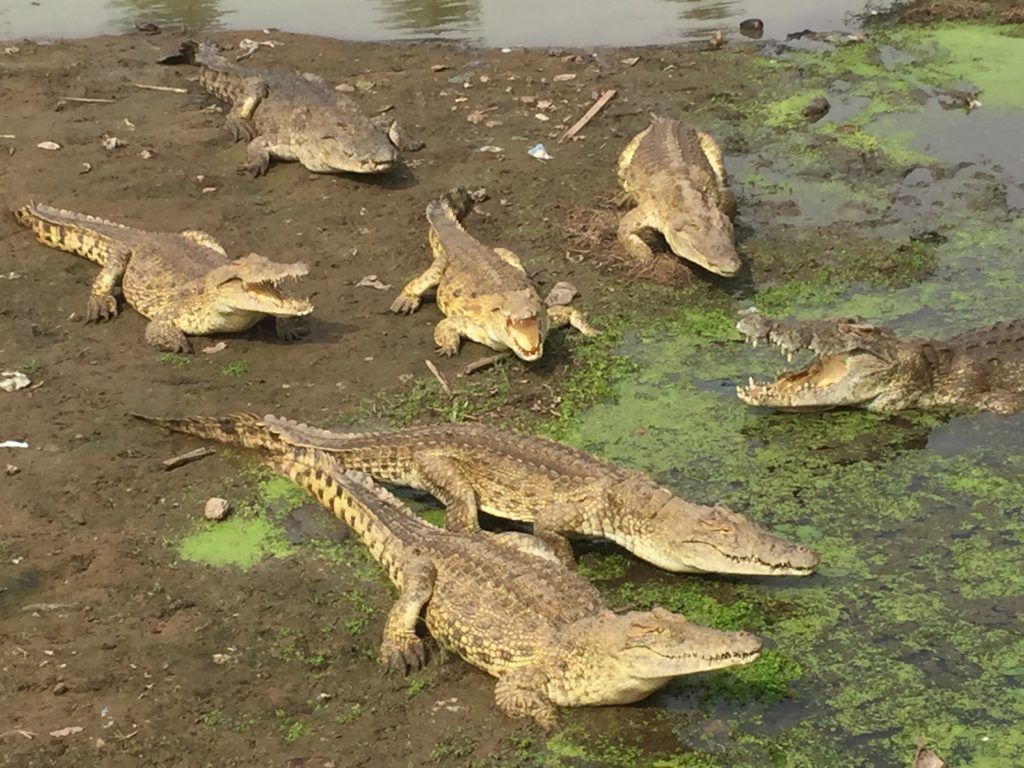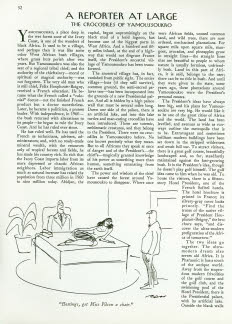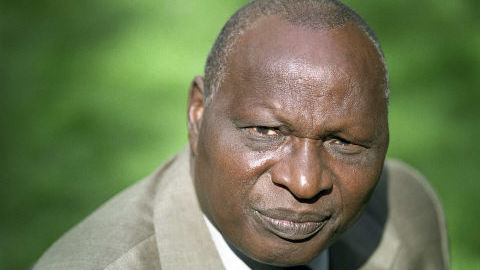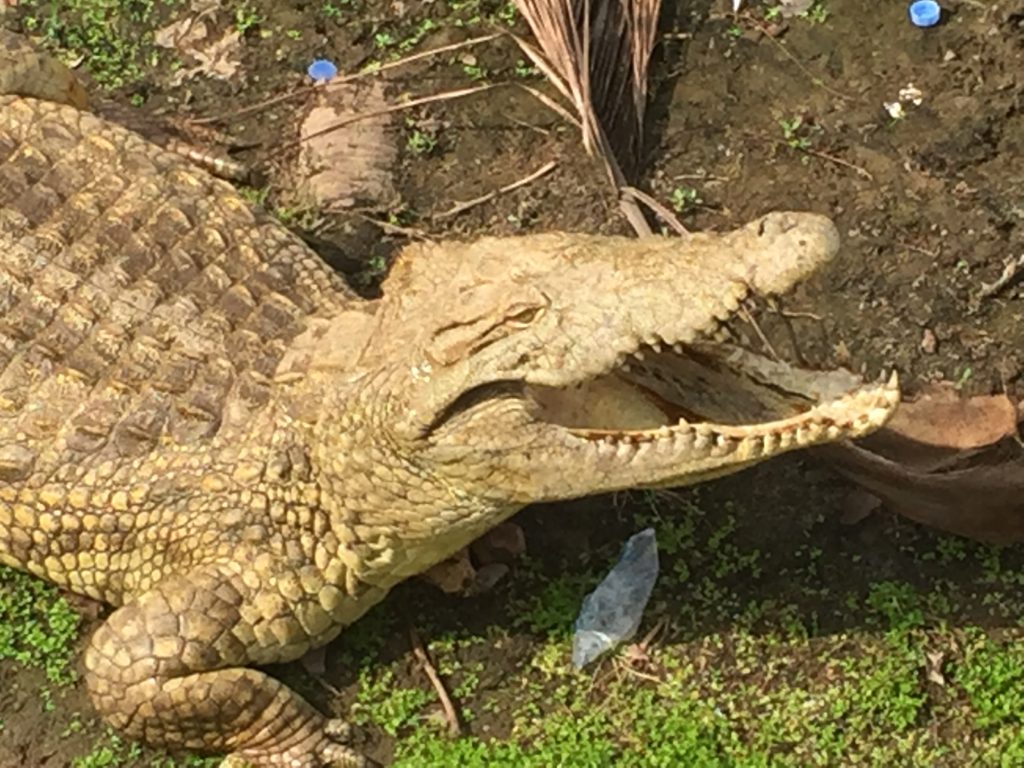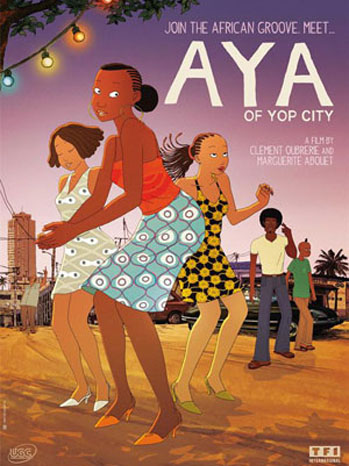The highway that goes from Abidjan to Yamoussoukro is fast and well maintained. In a little bit more than two hours, one reaches the hill on top of which sits the President hotel. That is when you discover the impressive dome of the Basilica of Our Lady of Peace, one of the largest religious building in the Christian world. The church was built by order of Félix Houphouët-Boigny, the first President of Côte d’Ivoire, from the Independence in 1960 until his death in 1993. Consecrated by Pope John-Paul II in 1990, by its dome, its encircled plaza outside and the baldachin inside it looks very much like St. Peter in Rome. It seems that Houphouët-Boigny wanted it larger than its Roman model, but that after negotiations with the Vatican, an agreement was found so that the area would be smaller but the dome higher.
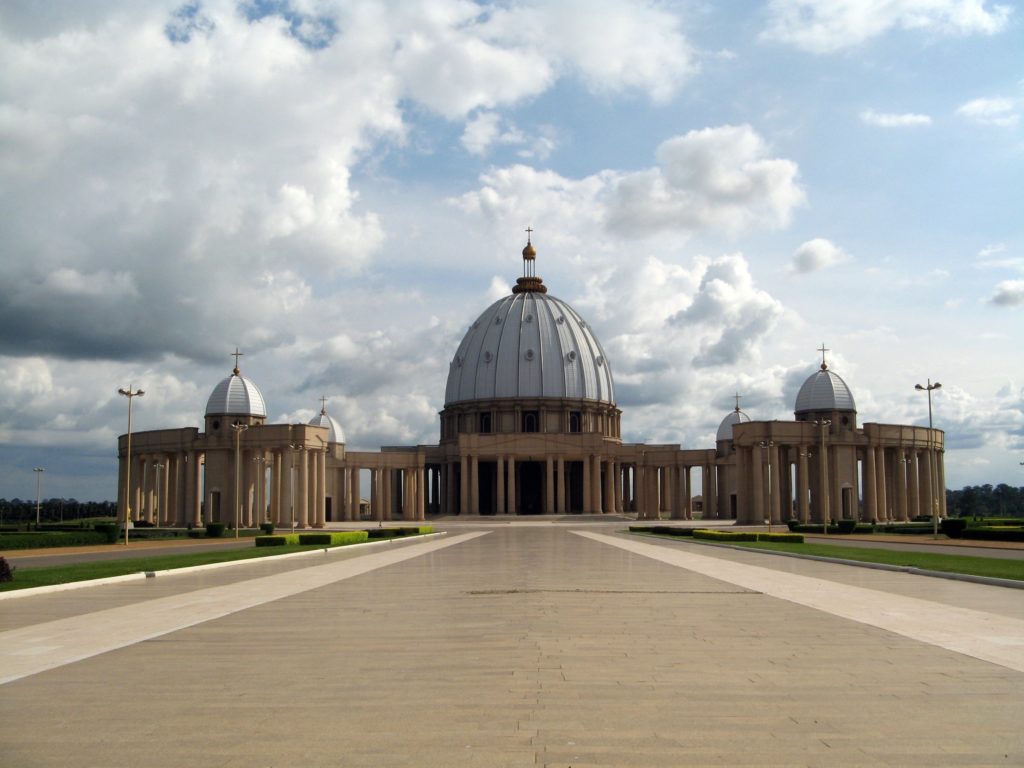
I thus went up under Christianity’s highest dome – 158 m– using the elevator hidden within one of the columns, and walked out on the balcony to admire the perspective and the city under the church. At the foot of this dome, I experienced mixed feelings. Was such a sumptuary expense shocking in a country still very much marked by poverty? And in a relatively small city which had only been elevated to the rank of administrative capital because it was the birthplace of the Father of the Independence? For sure. Even if the official version is that the expense was entirely paid from the first President’s “personal funds” and that the property was later donated, together with a brand new hospital, to a foundation managed by the Vatican. But if you look at it from an historical point of view, weren’t many of the cathedrals and churches in Europe, which are now admired as masterpieces of gothic architecture and testimonies of the medieval spirituality, built following the prince’s whim while the neighboring population was living in abject poverty?
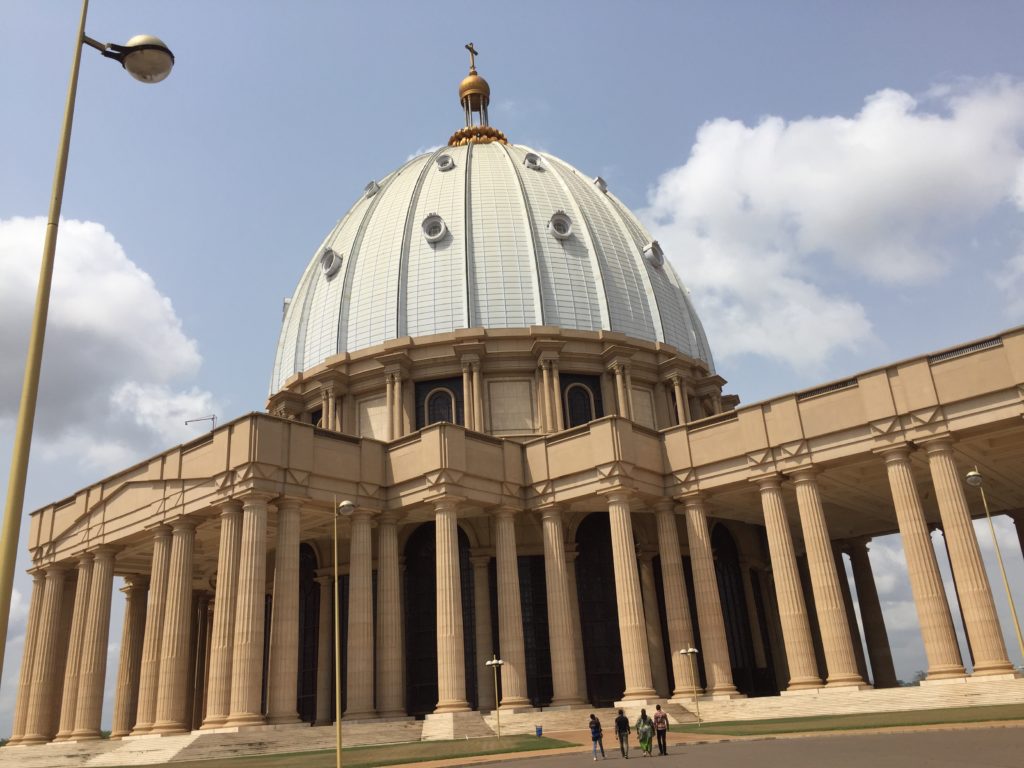
I was nevertheless saddened to learn that this immense building had been filled by pilgrims only thrice since its inauguration. In that sense, the basilica reflects well the rest of Yamoussoukro. Starting from a small town, it became in a few years a capital born out of Houphouët’s grandiose dreams: large avenues with little traffic or even houses along them connect the Basilica, the House of Deputies, the Foundation Félix Houphouët-Boigny for Peace Search, the President hotel and the Presidential Palace. The crocodile lake in front of the Presidential Palace is the other attraction in town. The lake was featured in « The Crocodiles of Yamoussoukro » a long narrative by British writer V.S. Naipaul, initially published by The New Yorker and reprinted in the collection “Finding the Centre”. The Nobel laureate, born in Trinidad and Tobago also made the trip from Abidjan to Yamoussoukro, but in 1984, before the Basilica’s construction. It was the time when the economic successes of the 60 and 70s in Ivory Coast were falling apart. Naipaul doesn’t fail to stigmatize Houphouët’s « folie des grandeurs ». He also describes the feeding of the gigantic crocodiles who are living in the lake and who received political nicknames such as « chief of staff » or « commandant ». For 30 years, a guardian armed with a simple stick gave them living chickens under the excited gaze of the spectators behind the fences. But in 2012, the old man tripped and a crocodile jumped to snap him by his long flowing garment – a boubou – and took him in the water.
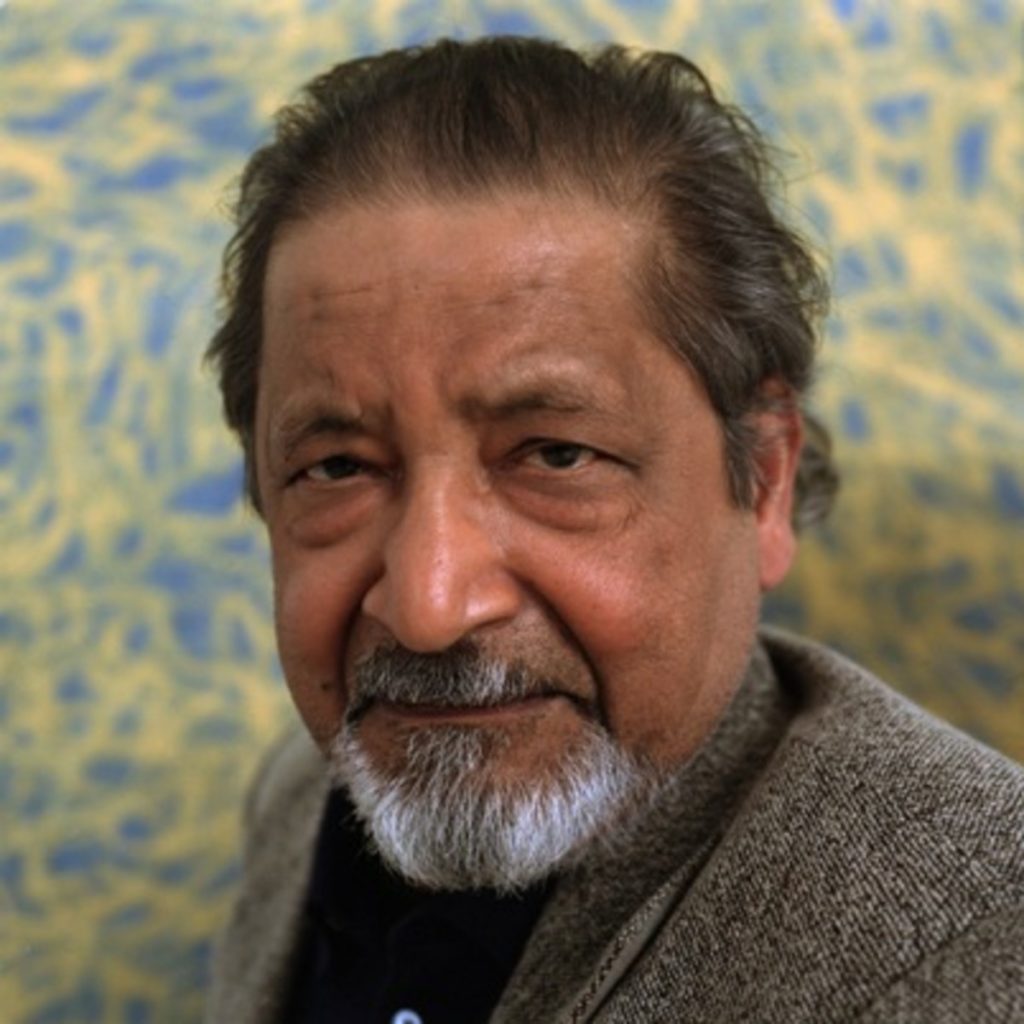
Yamoussoukro’s crocodiles played a totemic role in the representation of Houphouët-Boigny’s power. This role is also highlighted by Ivoirian novelist Ahmadou Kourouma in his book « Waiting for the Wild Beasts to Vote (En attendant le vote des bêtes sauvages) », a surprising novel which describe with irony and through six evenings during which his praises and achievements are sung, the itinerary of a president-dictator in an imaginary West-African country. Houphouët-Boigny, with his capital city built in the middle of nowhere, its superlative basilica and his cunning experience is represented by the man with the caiman totem, President of the Ebony Republic.
The trip from Abidjan to Yamoussoukro is also mentioned in “Aya, life in Yop City (Aya de Yopougon)”, the graphic novel series written by Marguerite Abouet and illustrated by Clément Oubrerie. It’s the road used by Aya’s father when he is promoted as branch manager of the Solibra breweries in Yamoussoukro, and where he will hide the second family he is forming with Jeanne, his secretary. Yopougon aka Yop City is a large popular neighborhood in Abidjan, known for its « maquis » – open air restaurants where people dance after dinner – and its party scene. The braised fish served there is fabulous.

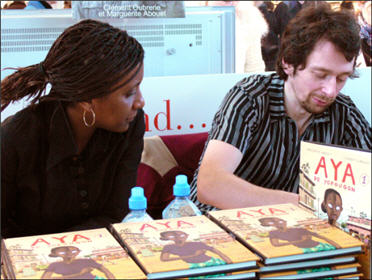
Aya is a 19-year-old girl. She is beautiful and all men are looking at her, but she is serious and stable and would like to study medicine. She is very different than her two friends, Adjoua and Bintou. Adjoua becomes pregnant after sleeping with Mamadou, a good looking boy, but a lazy bum. Her girlfriends help her with the baby while she is working on her dream of opening her own maquis. Bintou is a real party-girl and is not afraid of going to the fantastic Hôtel Ivoire towering above Abidjan’s lagoon to meet in his room Grégoire who just came back from Paris and is splashing out. After many similar love disappointments, she will open a « guys counselling » business called « Dr. Love ».

I really enjoyed this graphic novel which recreated with humor and subtlety the atmosphere of Abidjan’s neighborhoods at the end of the 70s. I liked the fun expressions in the French spoken in Côte d’Ivoire – I hope this has been translated well in English – and which are explained in a glossary at the end of the book. The first two volumes have been adapted in an excellent animated movie. The graphic novel or the movie give a glimpse of life in an African neighborhood far from the usual clichés, while addressing directly but with refinement issues such as forced marriages, the proliferation of « new » churches mainly bent on making money, the sexual harassment of girls at the university or the stigmatization of gays.
